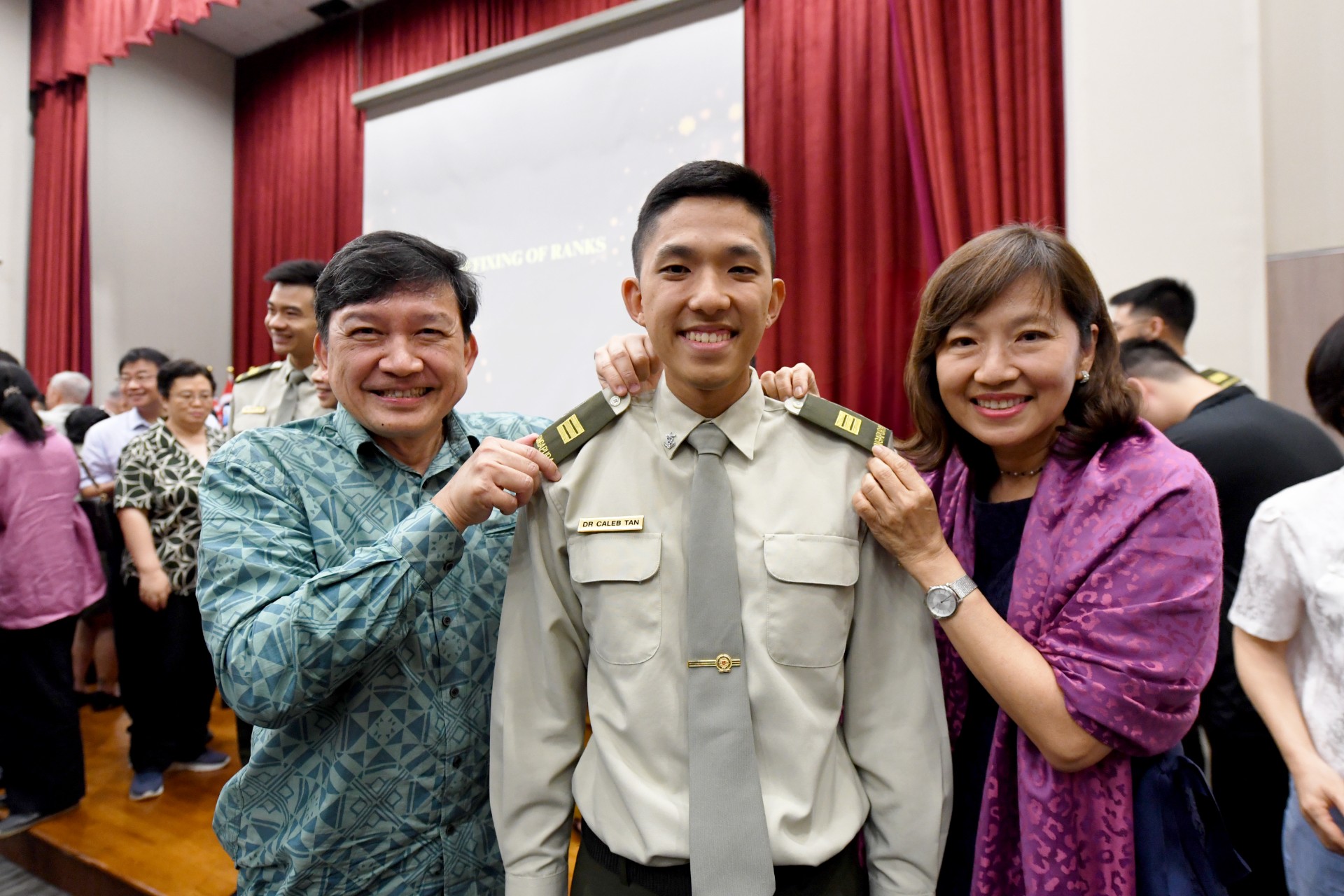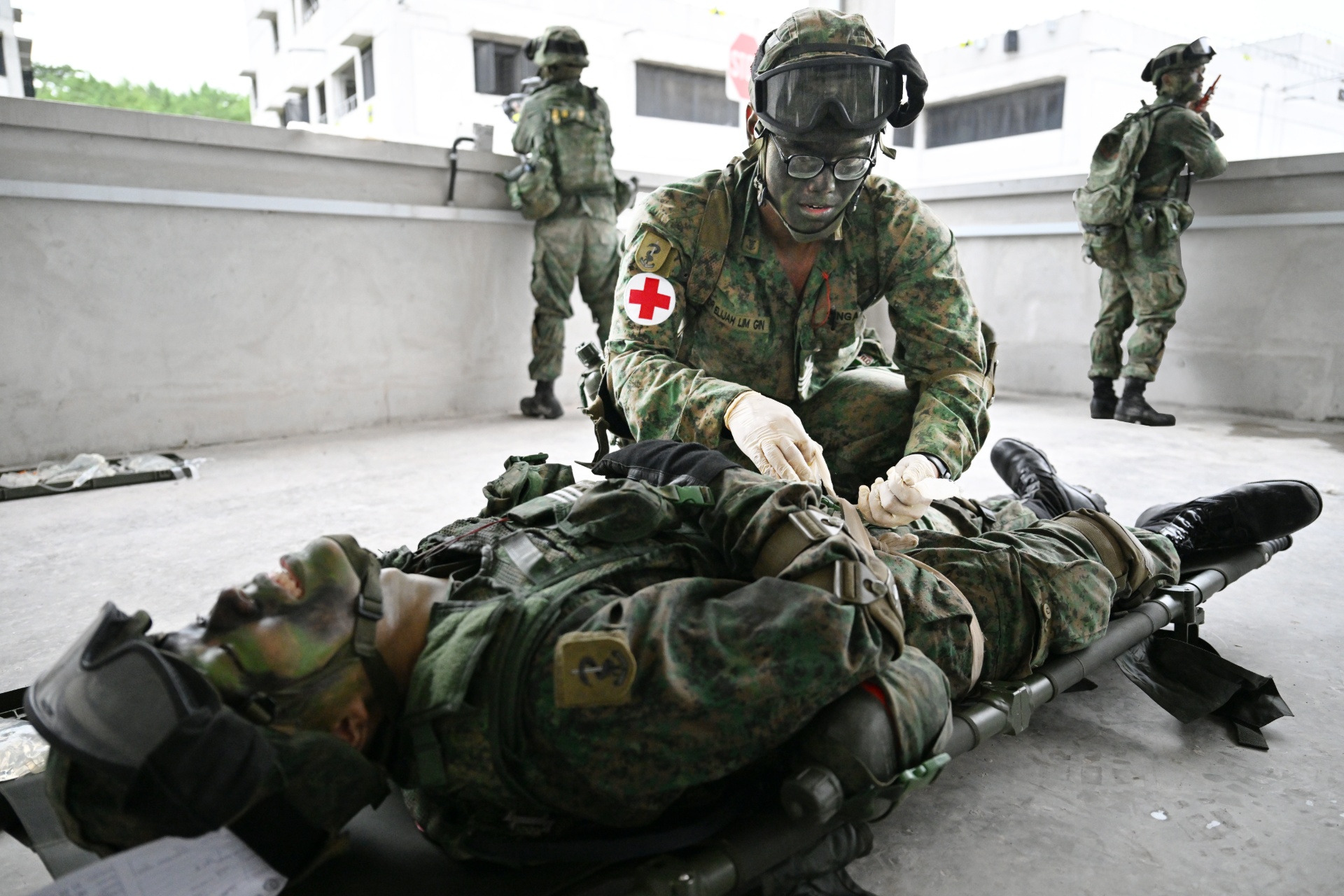TURNING RIFLEMEN INTO SNIPERS
PHOTO // Courtesy of TrackingPoint
The world s first precision-guided firearm system packs the fighter-jet "lock and launch" capability into small arms.
Remember the last aerial fight scene from Top Gun where Tom Cruise was flying in his F-14 Tomcat, chasing a MiG fighter jet and trying to get a missile lock on it?
Once the cross hairs on his heads-up display turned red, it meant that the guidance system had locked onto the Soviet fighter jet and was tracking it constantly. Firing the missile then all but guaranteed a hit.
Such guided missile tracking systems are standard fare in today s fighter jets. But can you imagine having a system like that built into a rifle?
This became a reality with the introduction of the world s first Precision-Guided Firearm system (PGF) early last year.
Developed by TrackingPoint, an American applied technology company, the PGF integrates technology that transforms shooters, regardless of their level of competency, into elite long-range shooters almost instantly.
How it works
Named XactSystem, the PGF comprises a rifle, a high-tech tracking scope with a heads-up display, and a guided trigger. At the heart of the system is a scope-trigger firing mechanism which eliminates virtually all problems associated with long-range shooting.
Long-range shooting is notoriously difficult because a bullet does not travel in a straight line over long distances. A shooter using a conventional rifle and scope has to make quick mental calculations on many variables - wind speed and direction, target range and movement among others - before squeezing the trigger.
Any error will be magnified over long distances, causing the shot to veer away from the target. Rifle movement caused by trigger jerk and recoil will also influence a bullet's trajectory and point of impact.
In 2009, TrackingPoint chairman John McHale - and the man behind the PGF - faced these problems while trying to shoot a Thomson s gazelle at a safari in Tanzania. Frustrated, he sought to build a smart rifle system that could remove the burden of manual calculations. Thus the PGF, which just requires a shooter to input the wind speed and direction and to follow a simple three-step process, was built.
The guided trigger mechanism not only ensures that the round finds its mark, but also forces the shooter to apply constant pressure to the trigger, thus removing the problem of trigger jerk.
By eliminating errors such as recoil and miscalculations, the PGF system is able to deliver five times the first shot success rate of traditional systems at targets up to 1,200yds (1,097m) away. Shooters can take multiple shots at multiple distances quickly and effectively.
Real-time coaching
The PGF also allows shooters to make use of social media and smartphone applications (apps) for training purpose.
The networked tracking scope has an in-built Wi-Fi server which enables shooters to stream video from the heads-up display to any smartphone or tablet. Shooters can collaborate and guide each other using the real-time video stream.
They can also share videos and stills of their shot sequences, complete with shot and voice data, with their instructors for debrief. These can then be shared over Facebook, Twitter or e-mail.
TrackingPoint currently offers three rifles of varying weight and range with its PGF system integrated. These are hunting rifles designed for sport rather than combat or law enforcement. But its potential for military use is obvious.
Lock and launch
1) The shooter first uses the camcorder-like heads-up display in the scope to search for his target. He then "locks on" to the target by aiming at it and pressing a button. The PGF will then track the target constantly, even when it or the rifle moves.
2) Once the target is tagged, the ballistic computer in the PGF automatically gathers variable readings such as range, spin drift, and inclination. It then predicts where the bullet will land, using a specially designed algorithm. The heads-up display will show a blue reticle that represents the desired impact point of the bullet.
The algorithm can accurately calculate the impact point of a bullet for every possible combination of these variables. This is because the mathematical model has been adjusted using data gathered from thousands of live test shots across different environmental conditions.
3) The shooter now needs to align the blue reticle with the tag and pull the trigger. At this point, the reticle will turn red to signify that the weapon is armed. But unless the reticle is exactly aligned, the shooter will not be able to squeeze the trigger fully. He has to line up the reticle perfectly with the tag before he can fire the shot.
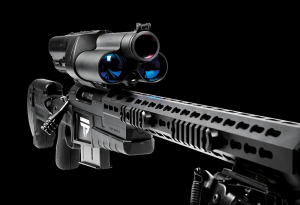


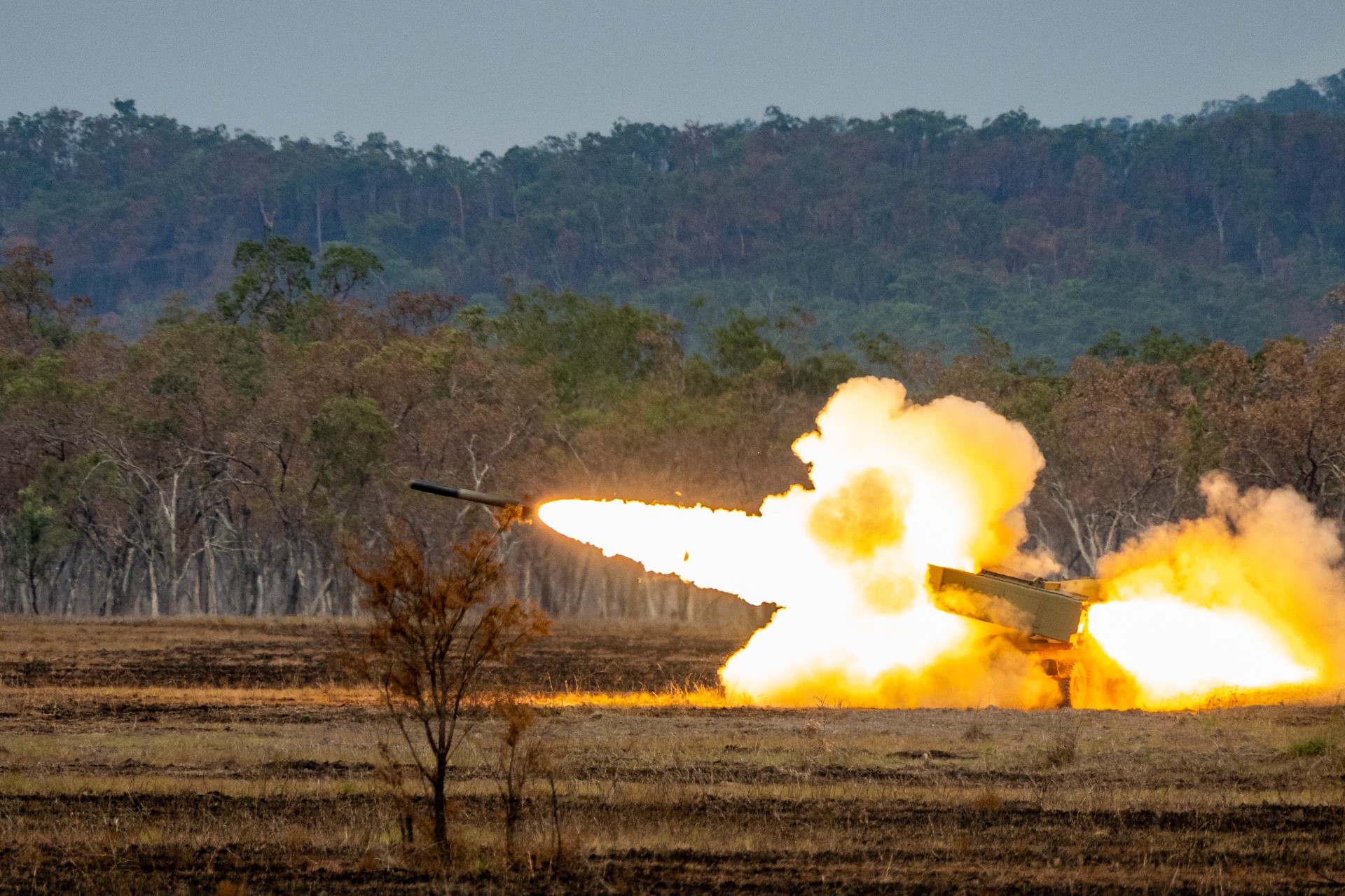
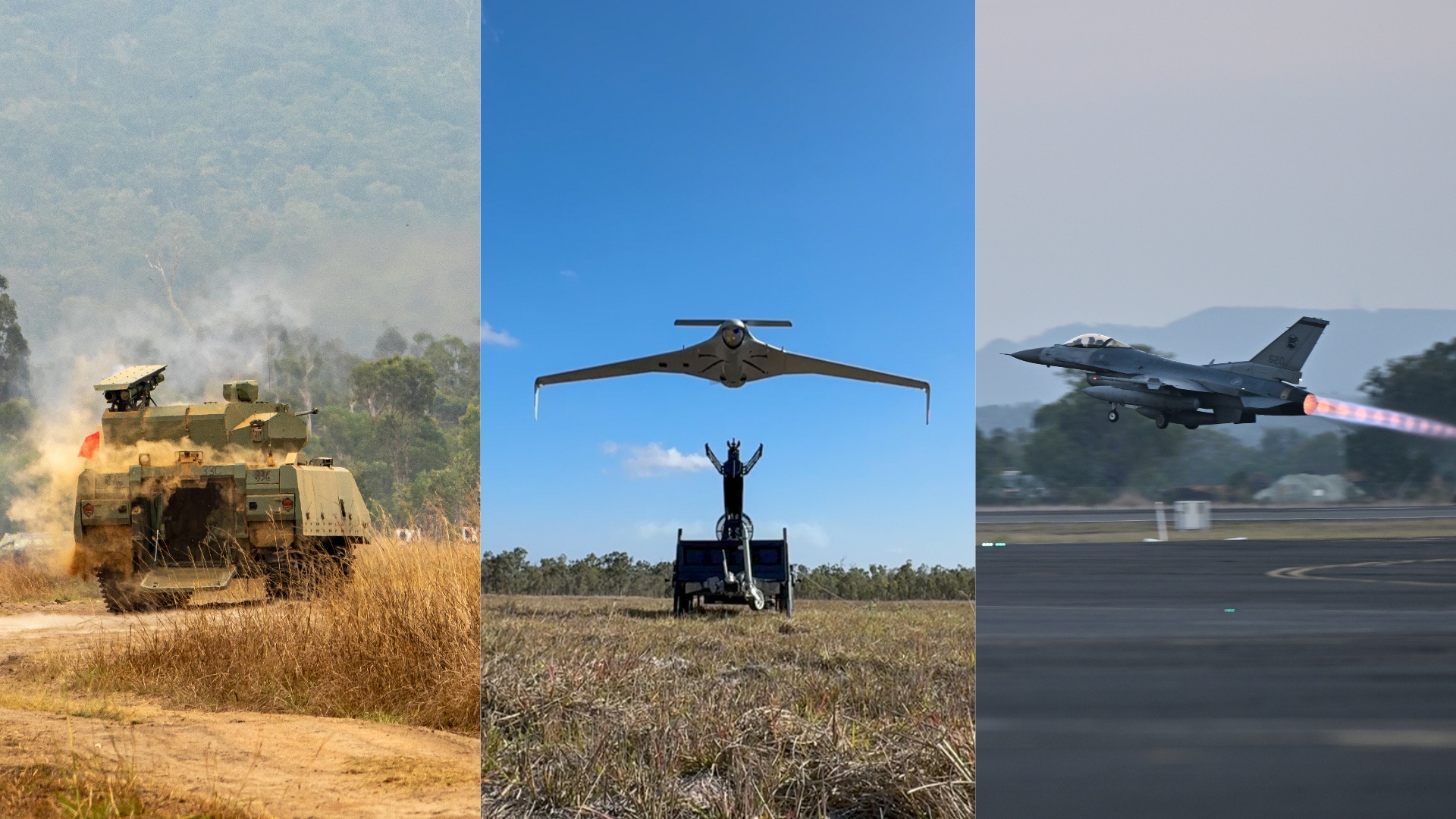
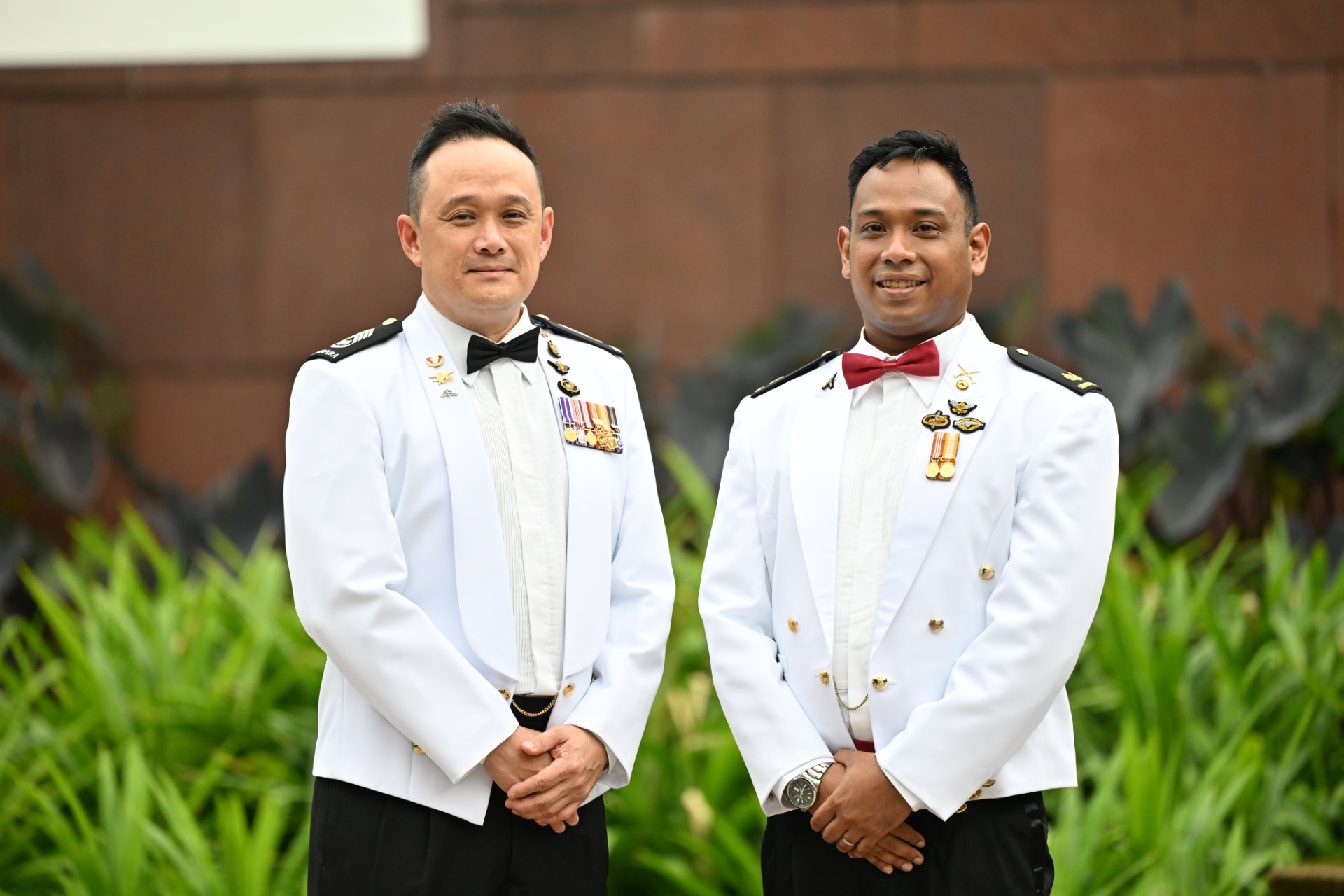

-dsc_2181.jpg?sfvrsn=cf8a503f_1)
